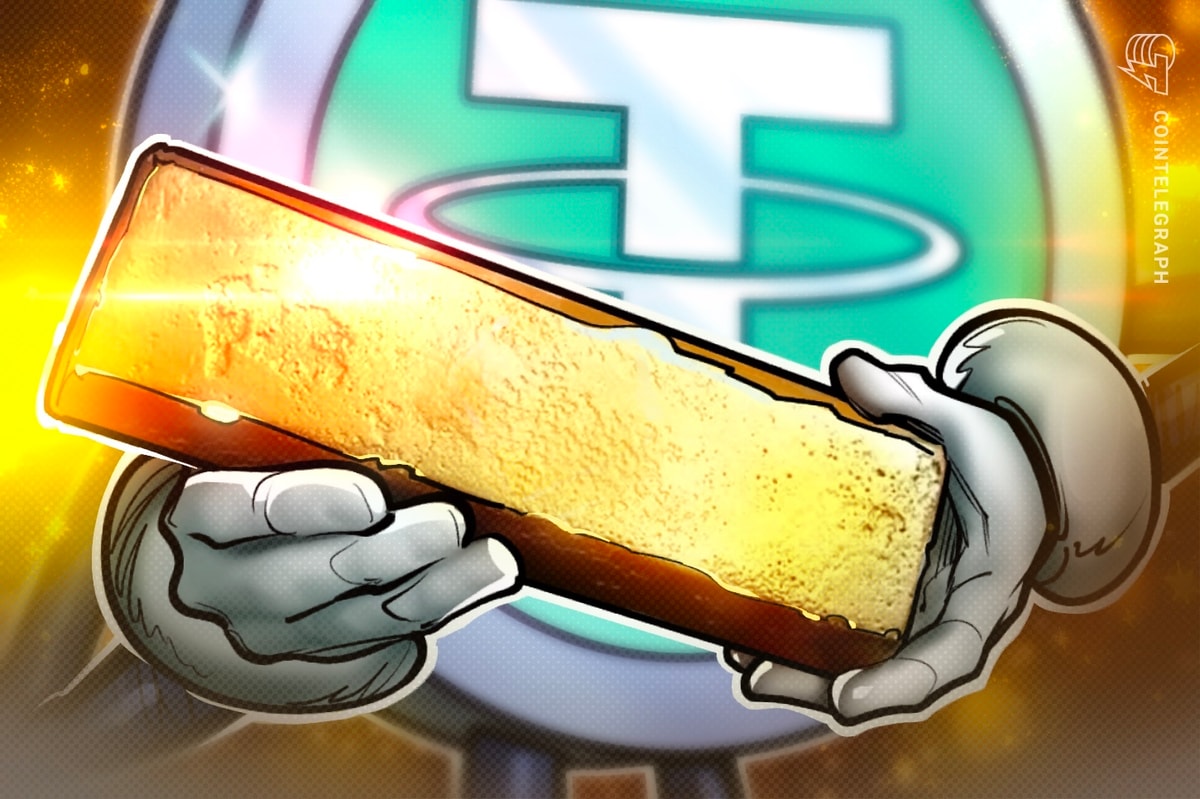What is the significance of the Ethereum Arrow Glacier upgrade?
The Ethereum (ETH) Arrow Glacier upgrade is a relatively simple modification implemented in block number 13,773,000 on December 9, 2021.
So, is Ethereum proof-of-stake (PoS) now? No, with the Arrow Glacier upgrade, the Ethereum blockchain gets updated to keep it on track. This means that the Ethereum blockchain is yet to upgrade to the PoS model. Moreover, the Arrow Glacier Ethereum upgrade is significant for crypto miners, users, stakers and the upcoming Ethereum 2.0.
Like Muir Glacier, the Arrow Glacier network update alters the difficulty bomb (ice age) parameters, pushing it back several months, giving Ethereum 2.0 developers additional time to prepare for transitioning to the proof-of-stake (PoS) consensus mechanism.
The extension of the time bomb is a common feature of Ethereum updates that was initially intended for December 2021 and the London hard fork; however, it is projected to happen around June 2022. One Ethereum Improvement Proposal (EIP) defers the difficulty bomb in this release. An EIP is a proposal for a change that the Ethereum community creates and reviews.
Due to this upgrade, mining on Ethereum will become difficult and uneconomical, motivating miners to expedite the process of moving to the PoS consensus method. Arrow Glacier is especially intriguing because it appears to be the final stretch of the difficulty bomb before the introduction of Ethereum 2.0.
This article will discuss the Arrow Glacier upgrade announcement and answer questions like will Ethereum go to PoS? What should you mine after ETH goes PoS?
What is the Ethereum difficulty bomb?
The difficulty bomb is a method that forces the proof-of-work (PoW) network (i.e., Ethereum proof of work in this case) to cease producing blocks, making mining unprofitable and discouraging miners from maintaining the chain once it switches to proof-of-stake.
The miners responsible for validating the transactions on the Ethereum network currently use colossal computing power to solve a mathematical puzzle, protecting the network from hackers. A difficulty bomb's explosion will gradually increase the difficulty of these puzzles, making it more expensive or nearly impossible to mine a block successfully. Consequently, mining on the Ethereum blockchain will become too expensive.
Block time will also be lengthened, resulting in a blockchain freeze (ice age). It's an exponential curve that remained steep and flat for a long time which will abruptly ramp up when the bomb explodes.
Ethereum core developers have made substantial progress toward the Merge with client interoperability and Amorpha (a functioning development network). However, it will require additional time to implement the proof-of-stake modification on the mainnet. Therefore, a difficulty bomb is delayed.
Stakers will be allocated to validate the Ethereum mainnet once the Merge occurs. However, miners would likely invest their revenues towards staking in the new proof-of-stake system after mining is no longer required or supported on the network.
What are Ethereum improvement proposals?
Proposed changes are examined and agreed upon by Ethereum, a board of editors, developers and the Ethereum community to upgrade the Ethereum network. These are called Ethereum Improvement Proposals or EIPs.
Anyone can submit an EIP to propose changes or enhancements to the Ethereum network, but each proposal must first pass a rigorous review procedure. EIPs are divided into seven different categories, as explained below:
- Standard Track EIPs: Changes to the Standard Track EIPs will affect most, if not all, Ethereum implementations. Improvements to the network protocol and modifications to transaction laws are among them.
- Meta EIPs: These are used to describe requests and actions that aren't related to the network protocol.
- Ethereum Request for Comments (ERC) EIPs: ERC EIPs deal with application standards and conventions.
- Networking EIPs: Proposals for improvements to network protocol definitions are known as networking EIPs.
- Interface EIPS: EIPs for user interfaces offer user standards and specifications enhancements.
- Informational EIPs: These are connected to Ethereum's real design standards.
- Core EIPs: Proposals that require a "consensus fork" are known as core EIPs.
Furthermore, each EIP follows a unique EIP format and covers the precise technical requirements for a given change. Only one EIP, EIP-4345, is proposed for the Arrow Glacier upgrade. It focuses on the extension of a difficulty bomb to allow developers to work on the Eth2 transition for some more time.

Each EIP must go through numerous steps before being adopted, in addition to having its unique format, as explained below:

How will Ethereum’s Arrow Glacier upgrade impact the users?
The Arrow Glacier upgrade will not impact the typical Ethereum user immediately.
In addition to the above, there is no difference in the transaction times or average costs in the network. However, miners and node operators must update their Ethereum clients to the current version to prevent continuing with the prior split of Ethereum (old fork), which is no longer officially accepted by the community.
Although the Arrow Glacier upgrade offers nothing to address Ethereum's high gas fees or scaling issues, it is still a necessary update. It will not only ensure that the network remains useable and that mass miner capitulation due to the exorbitant cost of mining will be avoided, but it will be the last — or third — time that the difficulty bomb would have to be delayed.
Therefore, the Arrow Glacier upgrade aims to make Eth2 a reality, which will hopefully be released during the second half of 2022. So, is PoS better than PoW? The clear answer is: Yes.
The energy consumption of mining in the network will be one of the most significant repercussions of the change (PoW to PoS). Ethereum's environmental effect will be reduced by 99% thanks to the Ethereum PoS model.
What should you mine after ETH goes PoS?
After Ethereum switches to the PoS consensus method, mining will be split into smaller, less well-known coins. Just a few examples include Ravencoin and Ethereum Classic.
Neither of the coins mentioned above is well-known or widely used in the Ethereum blockchain, but it makes no difference. What is important is that, like Ethereum, their tokens can be mined using graphics processing units-based mining equipment.
Additionally, miners frequently migrate from one coin to another based on the economics of mining; for this, they need to gauge various coins every day and mine profitable ones. Also, they need to manage multiple wallets to ensure that coins are secured.
Miners may also create a fork of Ethereum such as Ethereum Classic 2.0 to update the blockchain, which relies upon the PoW model instead of PoS, and create new rules.










